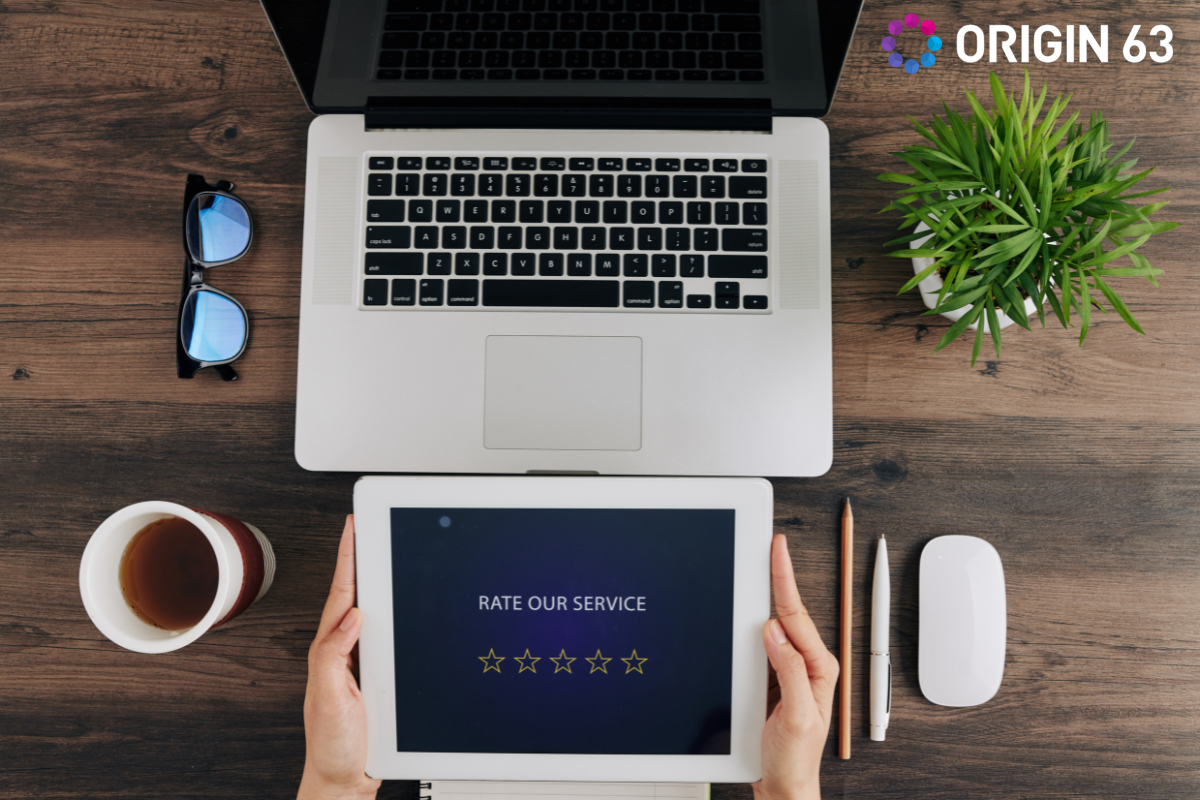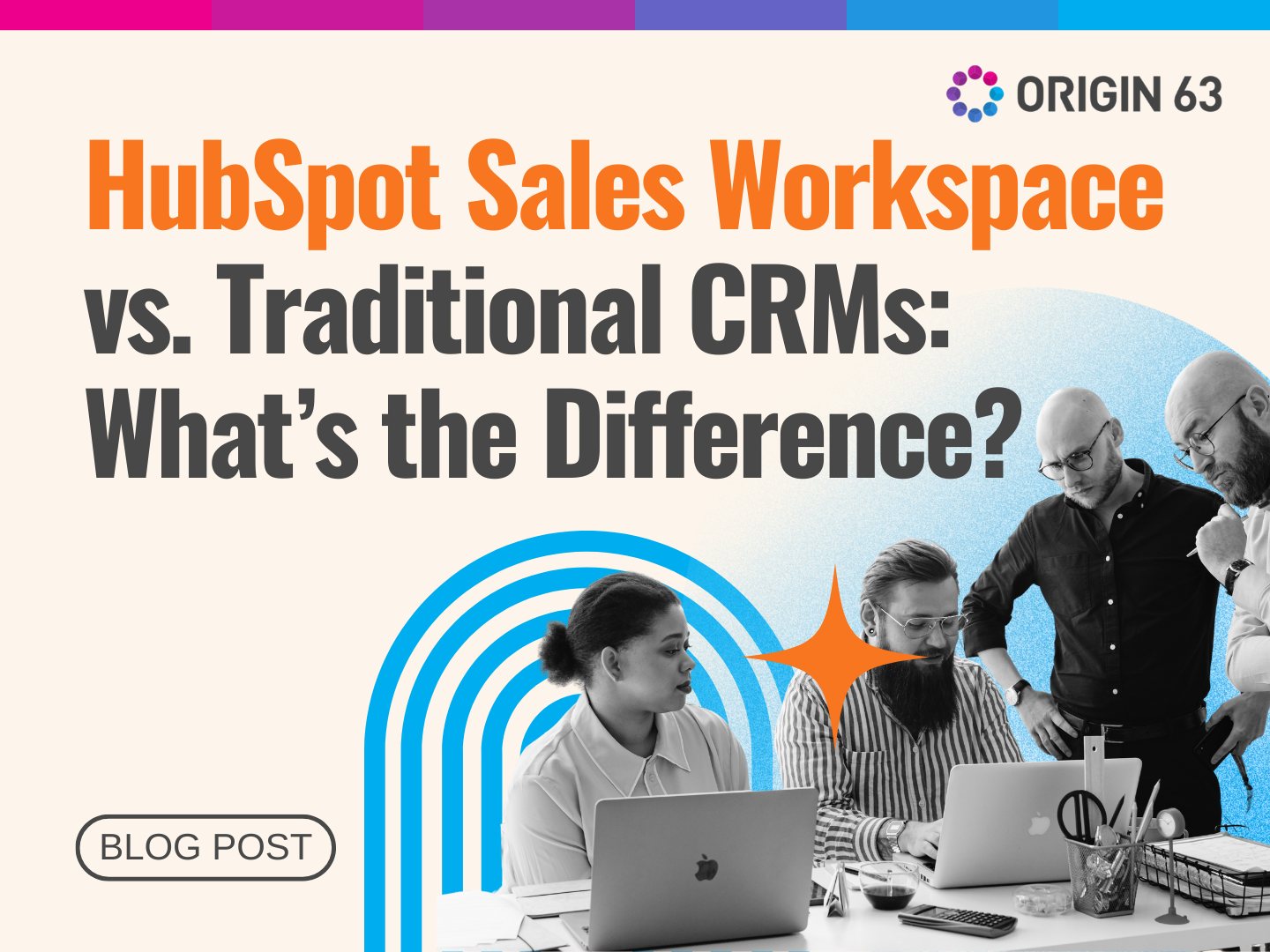Every business wants to know what customers really think. Are they happy? Do they trust the brand? Do they feel valued? The answers to these questions come from customer feedback. Without it, companies are left guessing about what works and what doesn’t.
Customer expectations are higher than ever, and word spreads quickly, both good and bad. Feedback is no longer a nice-to-have. It’s the foundation of strong relationships, better experiences, and steady growth.
In this blog, we’ll explain what customer feedback is and why it’s important. We’ll explore its role across the customer journey, how it shapes customer service and brand reputation, and how it drives growth.
What Is Customer Feedback?

Customer feedback refers to any information customers share about their experiences with a business. It can come from surveys, product reviews, support tickets, social media comments, or even quick chats with service staff.
Listening to feedback doesn’t just help in the moment. It also creates an edge for the future. 39% of CEOs say customer experience is the most effective way to create a competitive advantage, more than any other factor.
Businesses that listen and act on feedback are building long-term strength against their competition.
Why Does Customer Feedback Matter Across the Customer Journey?
Customer feedback is valuable at every stage of the journey, not just after a purchase. Each touchpoint gives you clues about what customers need, what blocks them, and what keeps them coming back.
When you collect and act on feedback across the whole journey, you create smoother experiences that build trust and loyalty.
Here are the stages of the customer journey where feedback makes a difference, and how it helps you improve at each step.
1. Awareness: Clear First Impressions
At the awareness stage, customers are just discovering your brand. Feedback helps you learn where people first hear about you and whether your message makes sense to them.
For example, if someone says they found your ad but could not tell what your product does, that is a signal to adjust your wording.
If multiple people mention they learned about you from a friend, that shows the power of word-of-mouth. Clear first impressions build interest and set the tone for the rest of the journey.
2. Consideration: Answering Customer Questions
During consideration, customers are comparing you with other options. Feedback shows you what they worry about or what stops them from saying yes.
If prospects ask the same question over and over, that means the answer is not clear on your website or in your sales conversations.
For instance, if many people ask about refund policies, adding that information upfront can save time and increase trust. Feedback at this stage helps you remove doubt and guide customers toward a confident decision.
3. Purchase: Removing Barriers to Buying

The purchase stage is where small frustrations can cause people to walk away. Feedback reveals where the process feels slow, confusing, or expensive.
For example, some companies discover that customers abandon their carts because shipping costs only appear at the very end. Others learn that limited payment methods make people leave.
Asking customers about their buying experience can fix these pain points and make checkout smoother. A simple change, like showing shipping costs earlier or adding digital wallet payments, can increase completed sales.
4. Onboarding: Building Confidence Early
Onboarding is the time when customers first start using your product or service. Feedback here shows whether the experience feels easy or overwhelming.
For example, a software company might ask new users if they found the setup clear. If customers say they felt lost, the company can create step-by-step guides or quick-start tutorials.
When people feel supported at the start, they are more likely to use the product fully and less likely to give up. Good onboarding feedback helps you build confidence and keep customers engaged.
5. Support and Use: Creating Reliable Service
Once customers are using your product or service, support feedback becomes a key measure of reliability. Customer satisfaction (CSAT) and customer effort scores (CES) show how well your team solves problems.
A pattern of complaints, such as long wait times or repeated billing issues, can point to bigger problems in your systems. On the positive side, quick and helpful responses create loyal customers who feel cared for.
90% of global executives who use data analytics say it improved their ability to deliver a great customer experience, proving that businesses that track and study feedback at this stage are able to make smarter improvements that customers notice.
6. Renewal and Loyalty: Strengthening Long-Term Ties
At the renewal or re-purchase stage, feedback helps you understand what keeps customers loyal and what risks might cause them to leave. Loyal customers often share what they love most, which can guide your marketing and product decisions.
At the same time, feedback from customers who stop buying can uncover weak spots you need to address. For example, a subscription service might learn that people cancel because prices rise without enough added value.
With this insight, they can adjust pricing or offer loyalty rewards. Listening closely, you protect long-term revenue and turn satisfied customers into advocates who recommend you to others.
What Role Does Customer Feedback Play in Customer Experience, Customer Service, and Growth?

Customer feedback is not just about solving problems. It is a tool that shapes customer experience, guides customer service, and fuels business growth. When feedback is collected and used well, it becomes a roadmap for making smarter decisions.
Let’s look at how feedback directly shapes customer experience, improves service, and fuels business growth.
1. Customer Experience: Making Every Interaction Better
Customer experience, or CX, is the overall impression customers form from every touchpoint with your business. Feedback helps you see where those experiences feel smooth and where they fall short.
For example, if customers say your website is hard to navigate, you know it is time to simplify the layout.
If they mention how friendly your staff is, you know to keep reinforcing that strength. Insights like these allow you to improve little by little until the whole experience feels consistent and positive.
2. Customer Service: Solving the Right Problems
Customer service is one of the clearest places where feedback shows its value. Asking for feedback after a support call or chat tells you whether the customer felt heard and if their issue was truly solved.
If someone marks the experience as frustrating, you can follow up right away to repair the relationship. This also helps managers find patterns in issues and provide better training for teams.
When people feel supported and respected, they are more likely to stay loyal and recommend you to others.
3. Growth: Building a Stronger Future
Feedback also plays a direct role in long-term growth. It tells you what customers want more of, what they would pay extra for, and what new features or services would make their lives easier.
Acting on this data gives you a competitive edge and helps you spot growth opportunities before your competitors do.
77% of consumers view brands more favorably if they seek out and apply customer feedback, which shows that listening not only leads to better decisions but also improves how people see your brand.
When customers feel their voices matter, they reward you with loyalty and referrals, which drive sustainable growth.
How Does Customer Feedback Affect Brand Loyalty and Perception?
Customer feedback plays a powerful role in shaping how people see your brand. When you listen and act on what customers share, you build trust. When you ignore feedback, you risk losing both loyalty and reputation.
These are some of the ways feedback influences reputation, builds trust, and creates lasting loyalty.
Building Trust Through Listening
Customers want to feel that their opinions matter. When a business asks for feedback and responds, it shows respect and care. For example, a local gym might hear complaints about crowded classes.
Adding more class times and telling members about the change proves the gym values customer input. That simple step builds trust and keeps people coming back.
Turning Negative Experiences Into Loyalty
Even when feedback is negative, it can create loyalty if handled well. Imagine a restaurant that receives complaints about slow service. Instead of ignoring them, the owner apologizes, re-trains staff, and updates menus to speed up orders.
When customers see these changes, they often give the restaurant another chance and may even recommend it for being responsive.
Reputation in the Public Eye
Feedback also shapes how others see your brand. Reviews, social media posts, and ratings can reach far beyond the original customer. Studies show that customers tell an average of nine people about a positive experience, but they tell 16 people about a negative one.
This means fixing problems quickly and celebrating positive feedback both matter for reputation. Acting on what you hear helps prevent small issues from spreading widely and hurting your image.
Creating Lasting Loyalty
Long-term loyalty depends on trust and consistent positive experiences. Feedback helps you uncover what customers value most so you can strengthen it.
For example, if customers consistently praise your easy returns process, you can highlight that in marketing and make sure it stays a priority. Over time, listening and acting on feedback turns one-time buyers into long-term supporters who see your brand as reliable and customer-first.
Why Listening to Customers Matters
Customer feedback is one of the most powerful tools a business can use. It gives you a direct view into what customers love, what frustrates them, and what they expect next. Ignoring it leaves you guessing, while acting on it builds trust and stronger connections.
Feedback also touches every part of the journey. From awareness to loyalty, it helps shape clearer messages, smoother processes, better support, and lasting relationships.
When businesses make feedback a priority, they create experiences that keep customers coming back.
Most of all, feedback drives growth and innovation. Every survey response, review, or conversation is a chance to improve. Companies that listen closely and act quickly build a reputation for care, reliability, and customer-first thinking.
Take Action With the Right System
To get the most value from feedback, you need a system that can collect, track, and turn it into action. A CRM makes this simple by keeping everything in one place and helping your team respond faster. Start building a customer-first business by putting feedback at the heart of your strategy.
Work with Origin 63 to set up the right tools, so you can turn customer feedback into clear steps that drive growth.




.png)
.png)








.png?width=90&height=90&name=Arrows%20Partner%20Badge-test%20(1).png)

